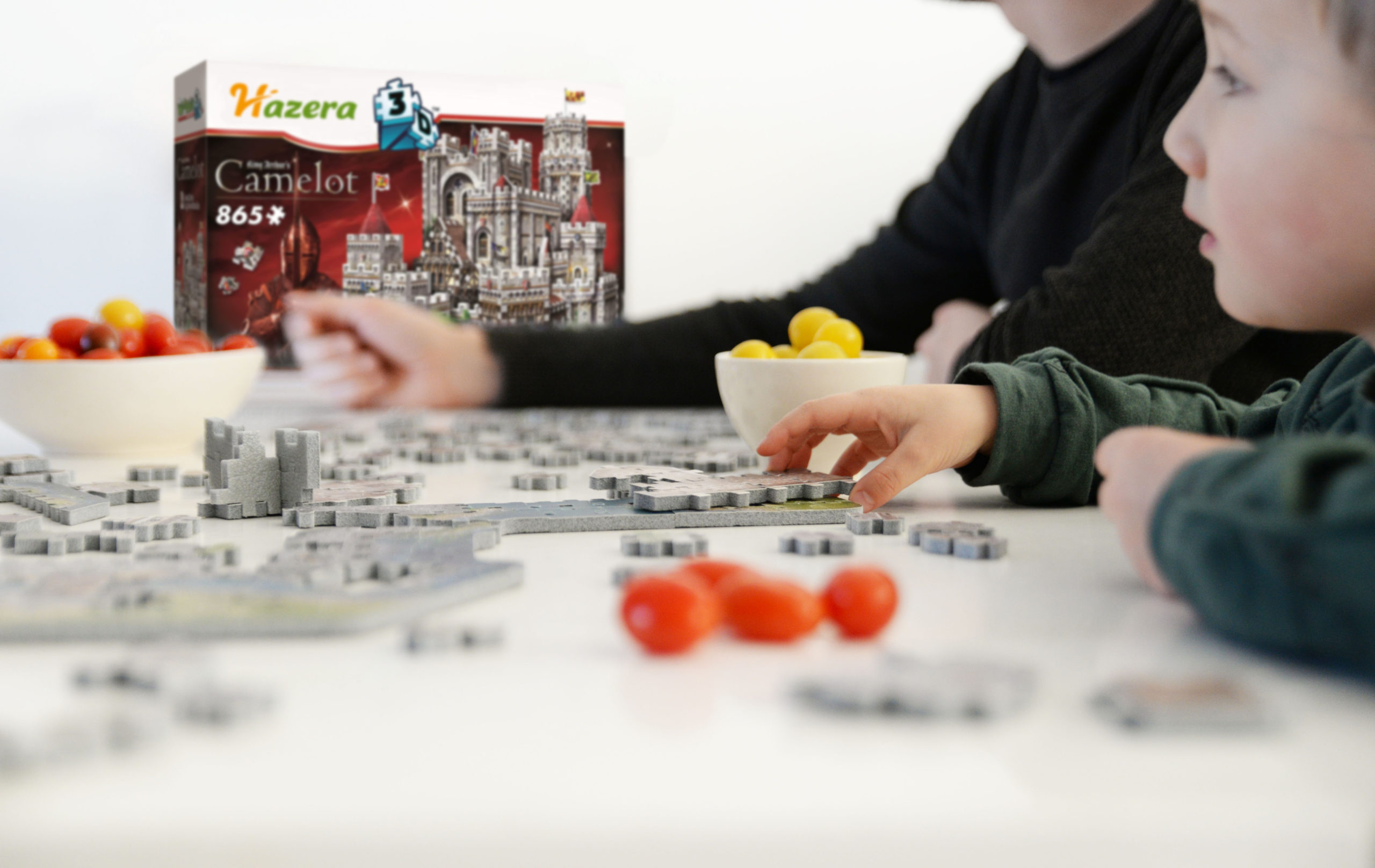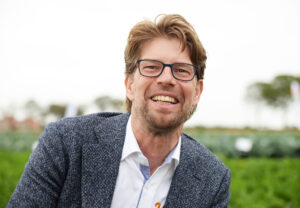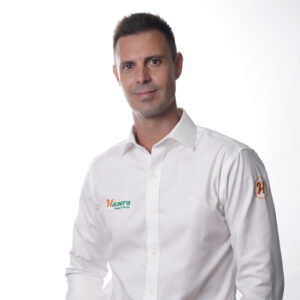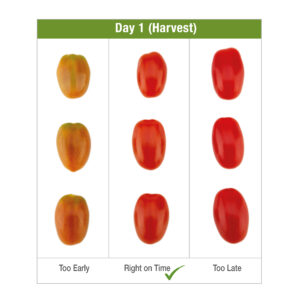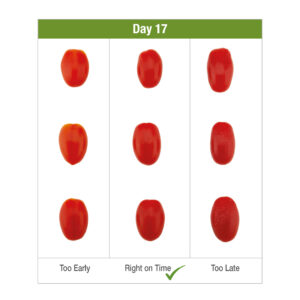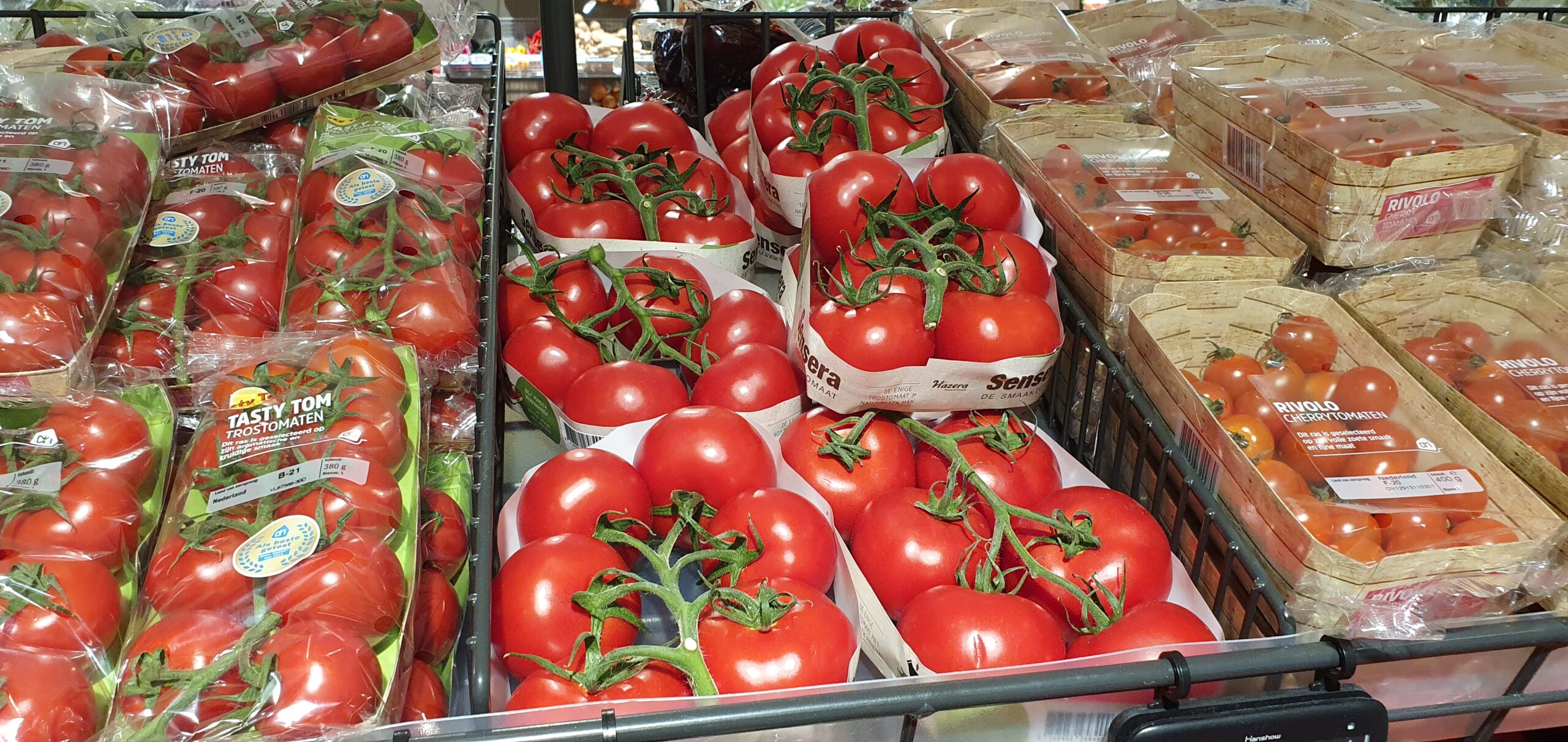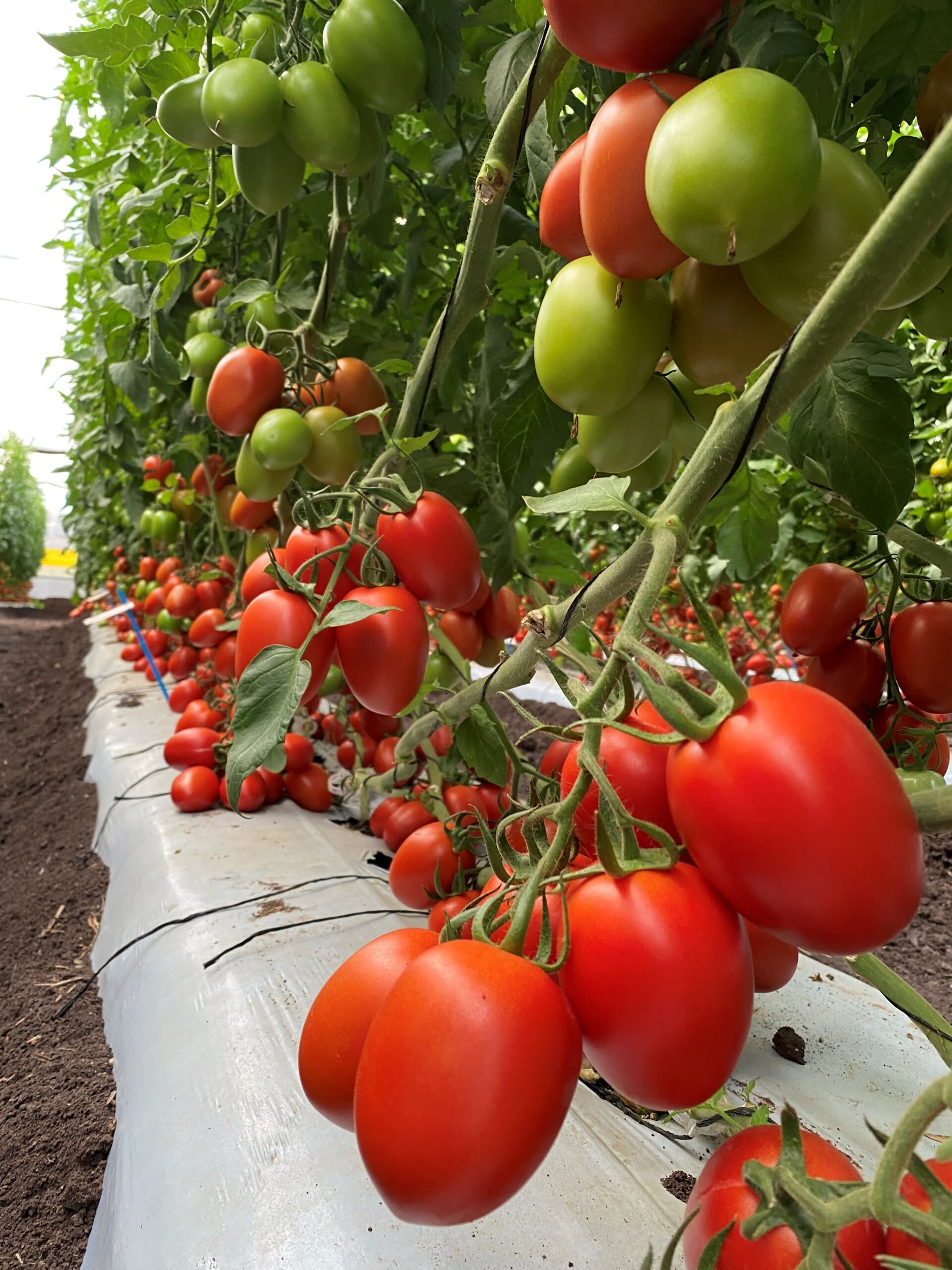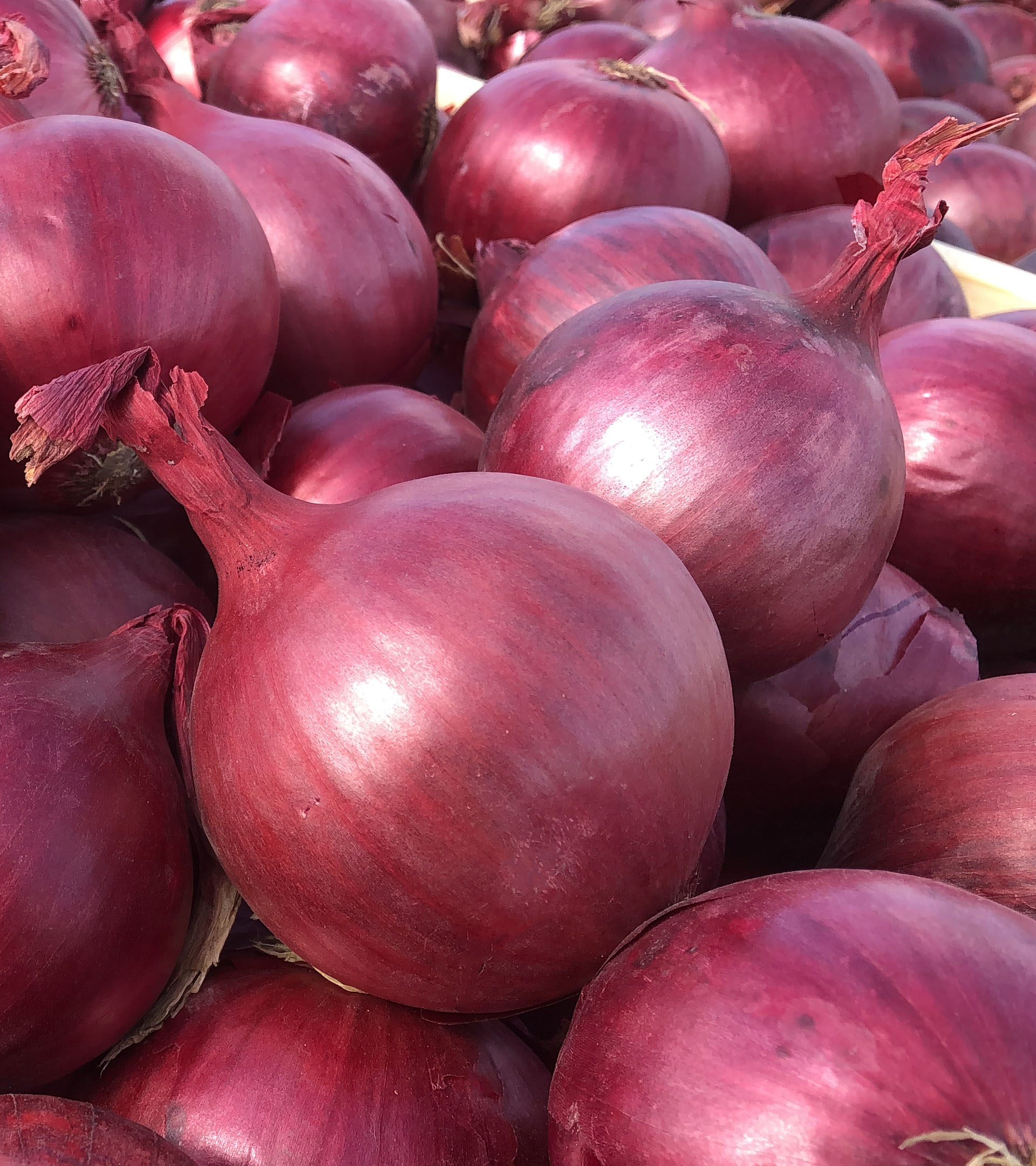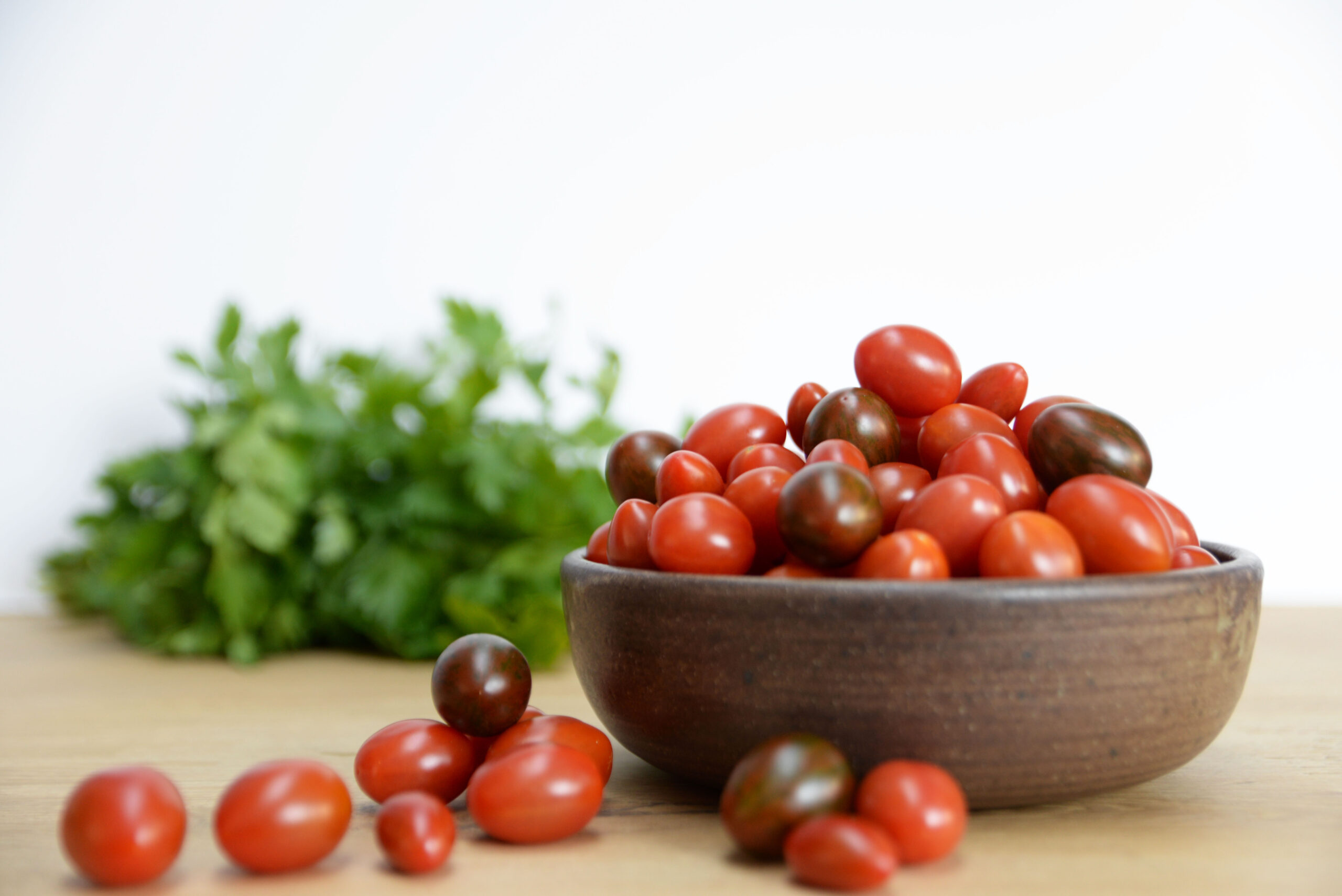In the Nederlandse Consumentenverkiezing (Dutch Consumer Election) of 2023-2024, the AH Snack Vegetable Radish Mix, for which Hazera produces and breeds the radish seeds, has been elected as the Best Product of the Year in the category of potatoes, vegetables, and fruit. Dirk-Jan Polak, Crop Specialist in radishes, lamb’s lettuce, and baby carrots, sees the award as a compliment for the entire chain behind this product. “You help people make healthier choices.”
According to Dirk-Jan, the success story of the radish mix begins with genetics. “This ensures that we can continuously deliver high-quality seeds, allowing the grower to produce an excellent final product. Our radishes are beautifully round, have good internal quality, and grow very consistently during different seasons and weather conditions.” As a market leader in radish seeds, seed quality is a top priority at Hazera. “Credit for this goes to the breeders,” says Dirk-Jan. “Through continuous development, we have been able to introduce distinctive radish varieties to the market.”
Unique combination
In addition to genetics and seed quality, it’s the ability to produce radishes in various colors that makes the difference. “Purpella F1 and Whitella F1, purple and white radishes respectively, are the only two colored radish varieties cultivated on a serious scale. And they come from Hazera.” Combined with the well-known red radishes, these colored varieties form the AH Snack Mix. An idea from grower Ortolanda, says Dirk-Jan. “The mix of various colored radishes, sold in top seal packaging, aligns with the growing demand for snack vegetables, Ad Coolbergen, managing director of Ortolanda, explains.
Growing together
“We always keep the consumer in mind, on whose plate our product ultimately ends up. That’s why the collaboration throughout the chain is so important.” Dirk-Jan refers to the cooperation between Hazera, Ortolanda, Bakker Barendrecht (a Greenyard company) and Albert Heijn, from which the award-winning radish mix originated. “Breeding, developing, growing, and marketing these types of products requires craftsmanship.” Ad confirms this. “The successful introduction of a new product in the market requires good chain collaboration, where everyone is on the same page. This way, we can collectively meet the market’s needs and respond to consumer trends.”This has been excellently achieved with the radish mix, says Dirk-Jan. “The trend for 2024 is healthy snacking, where people choose vegetables and fruits instead of candy or chips. This radish mix perfectly addresses this trend, fulfilling two important consumer needs: healthy and convenient snacking.” Ad expects the mix to appeal to an entirely new, mainly younger, target audience. The radishes look appealing, are healthy, and are ready to eat straight from the container. With this product, Albert Heijn makes healthy snacking accessible.” Hazera and Ortolanda are both proud to contribute to this.”
Stay on track
Dirk-Jan is optimistic about the future, both in terms of the product and within the chain collaboration. “Radish is a beautiful vegetable that helps people make healthier choices. The fact that the AH Snack Vegetable Radish Mix has been chosen as the best product is a recognition that, with our breeders and partners, we are on the right path and an encouragement to continue the constant development of such products.”
Want to know more about our business?
Follow us on our social media channels to stay connected with our Hazera people! If you have any questions left, don’t hesitate to ask them via our contact page!


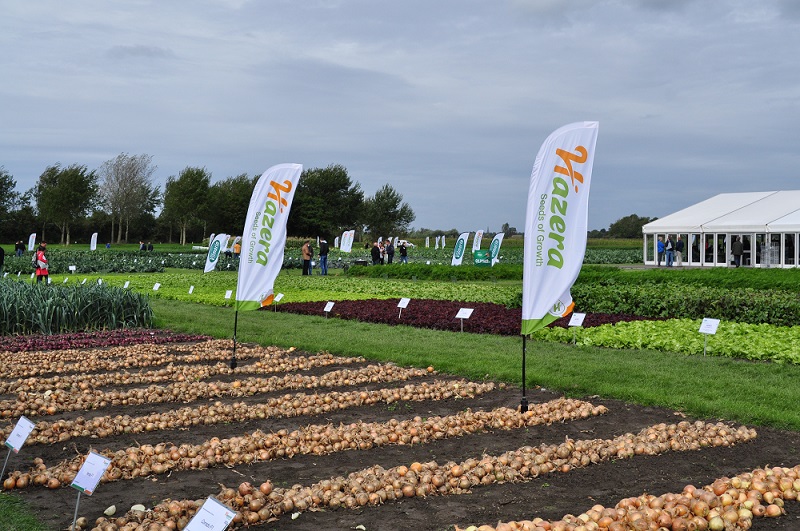

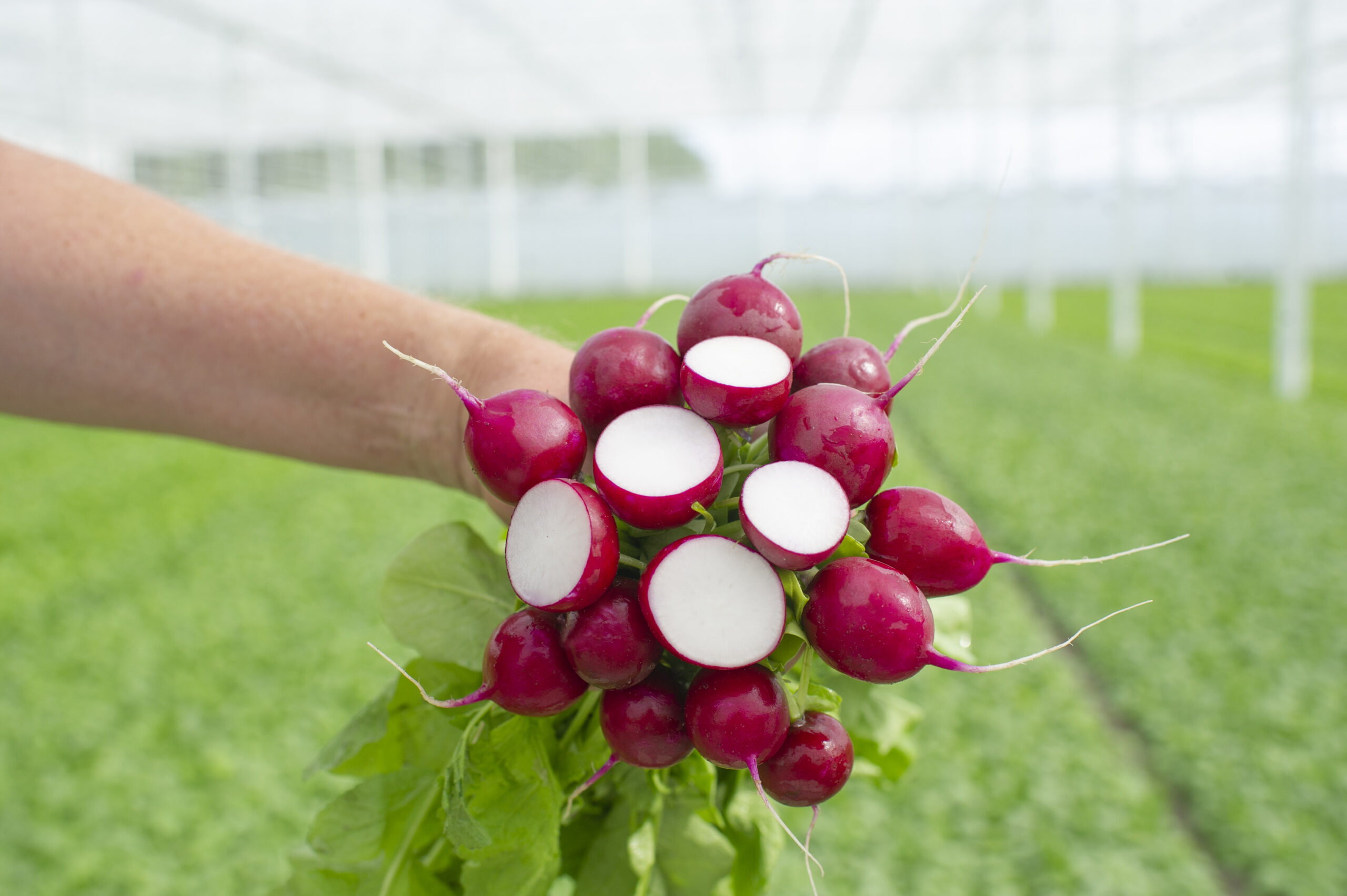
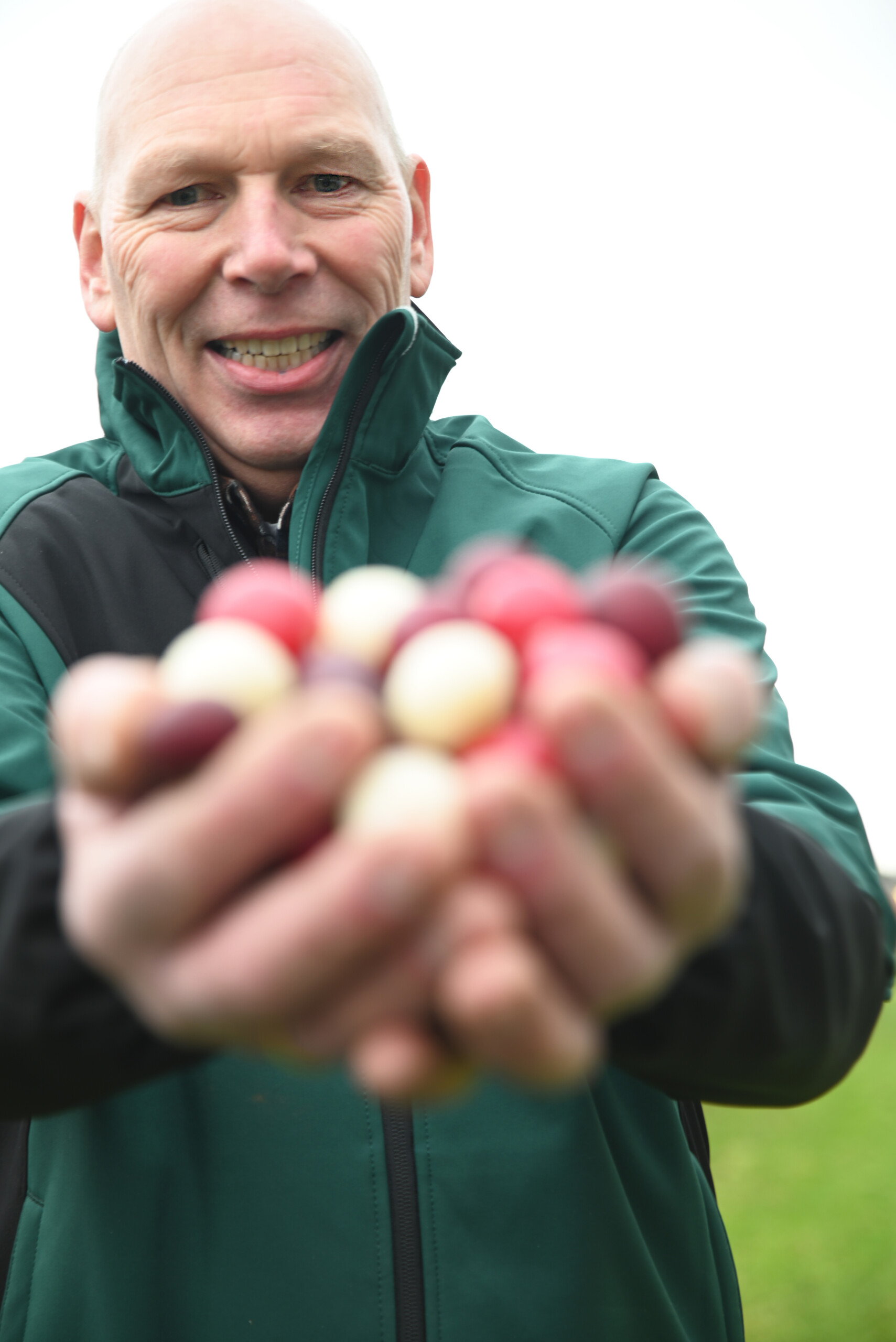
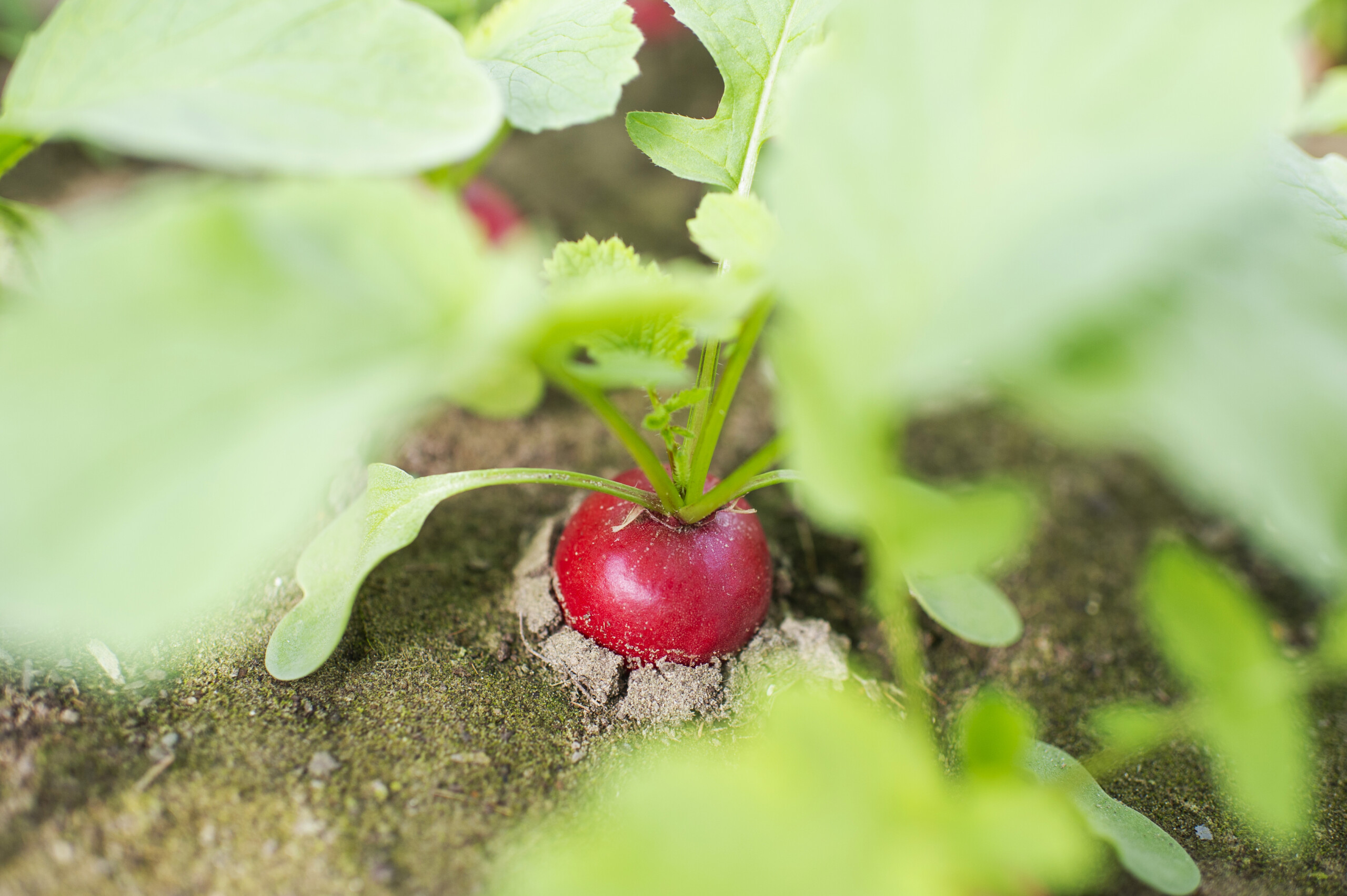
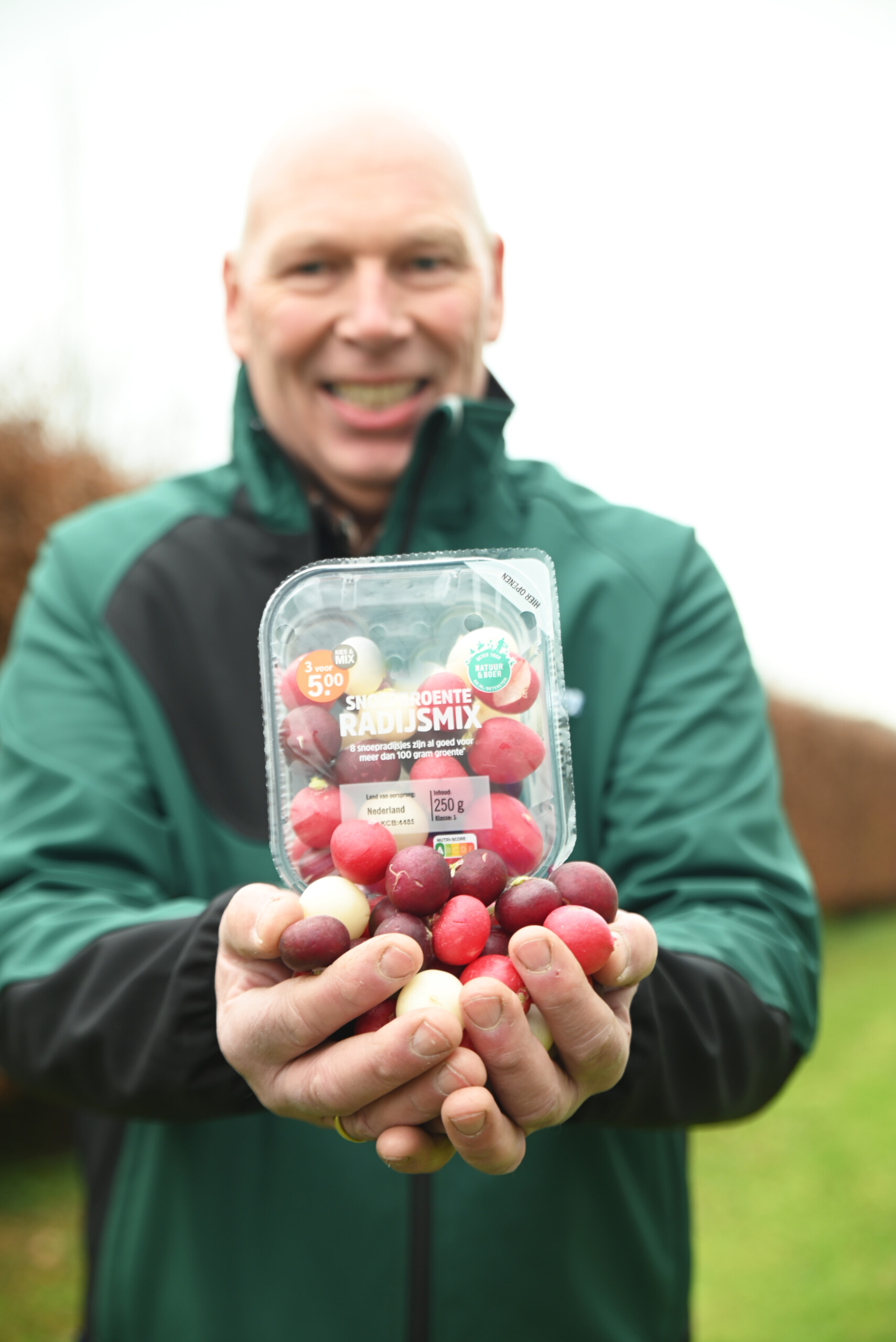
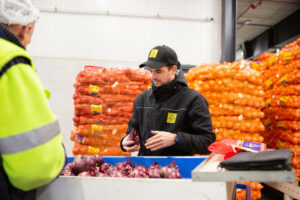
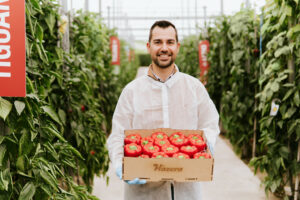
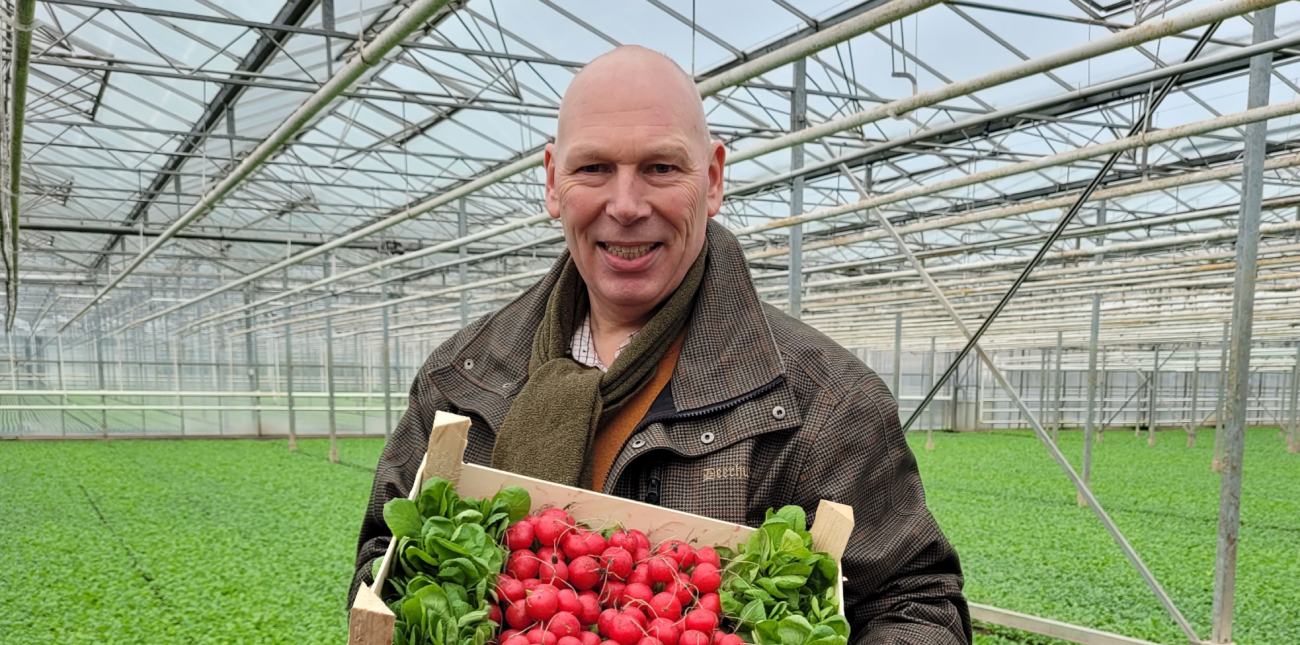

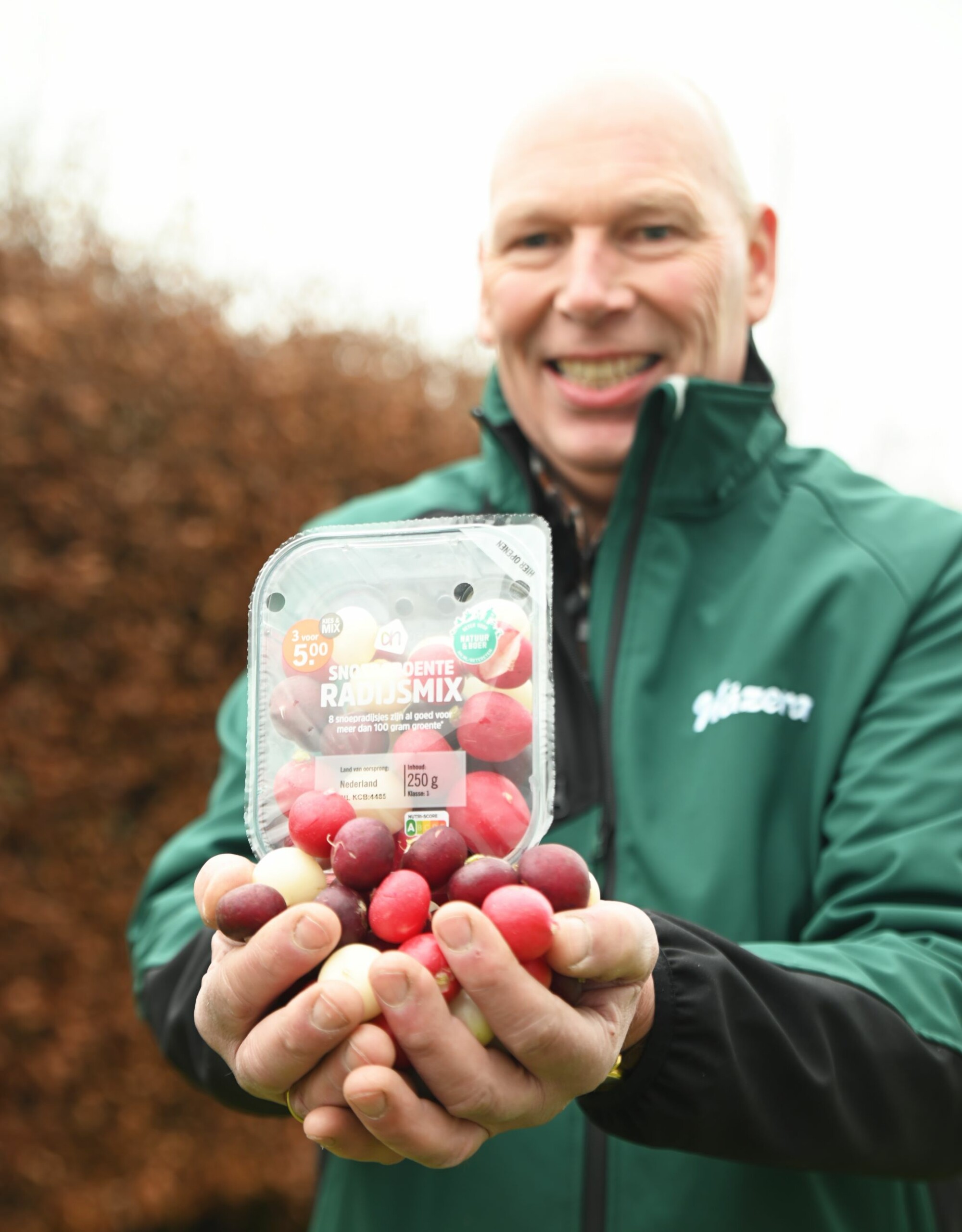
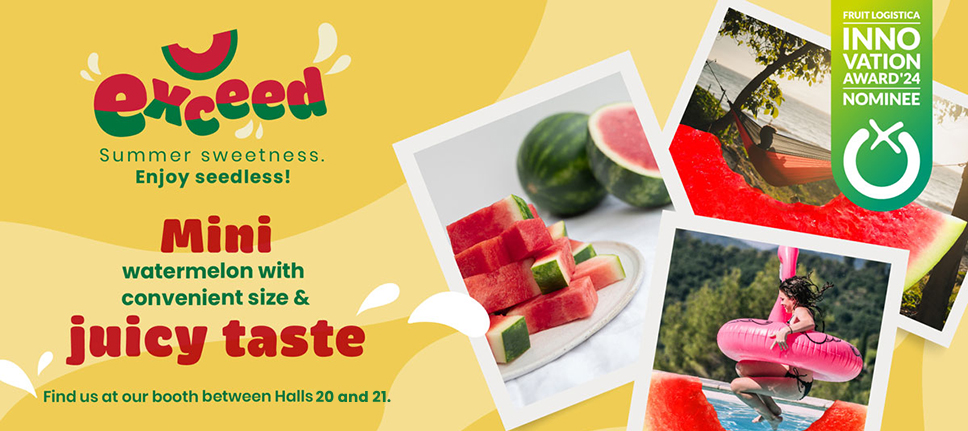
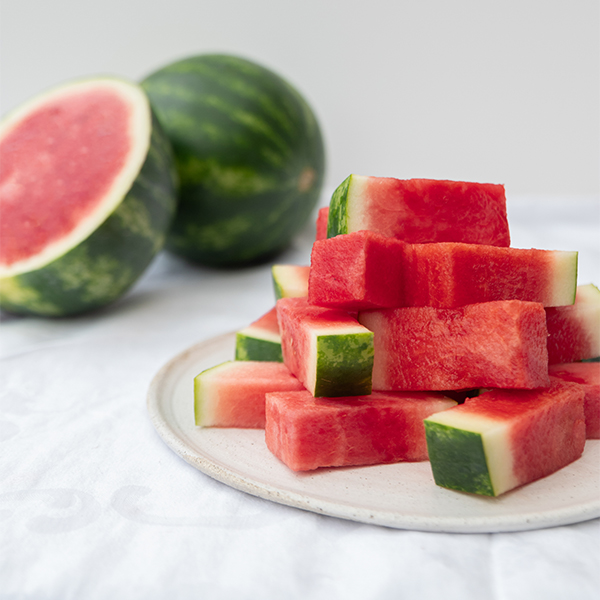
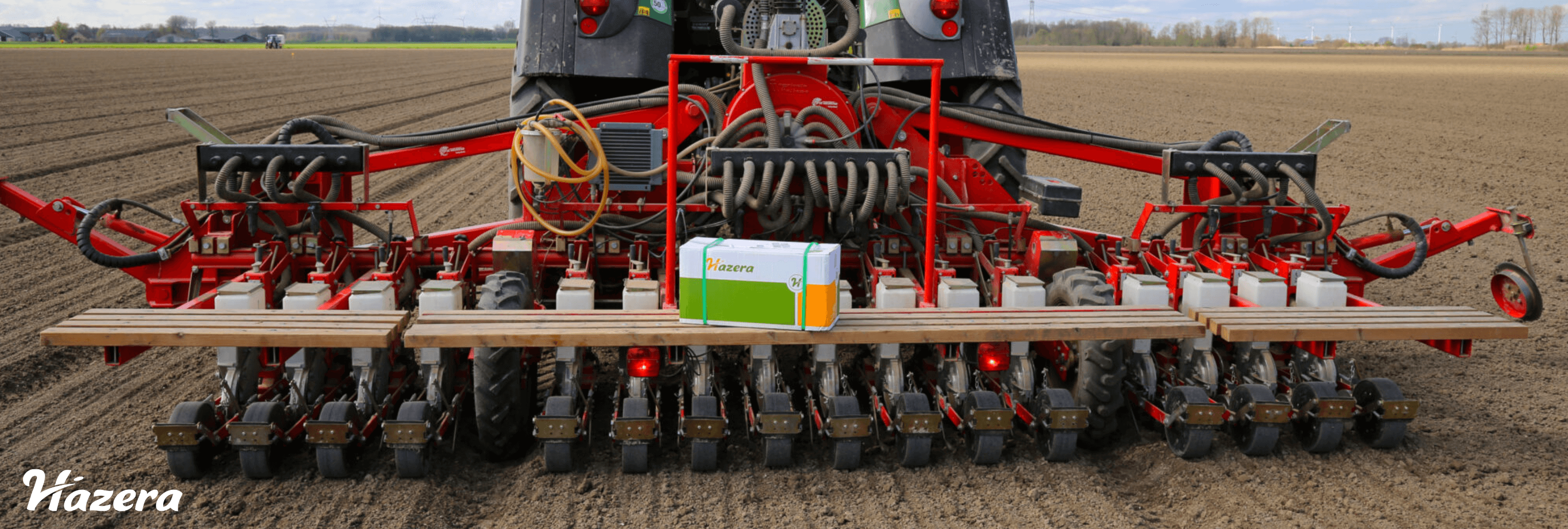
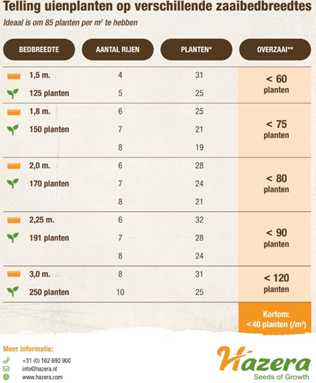
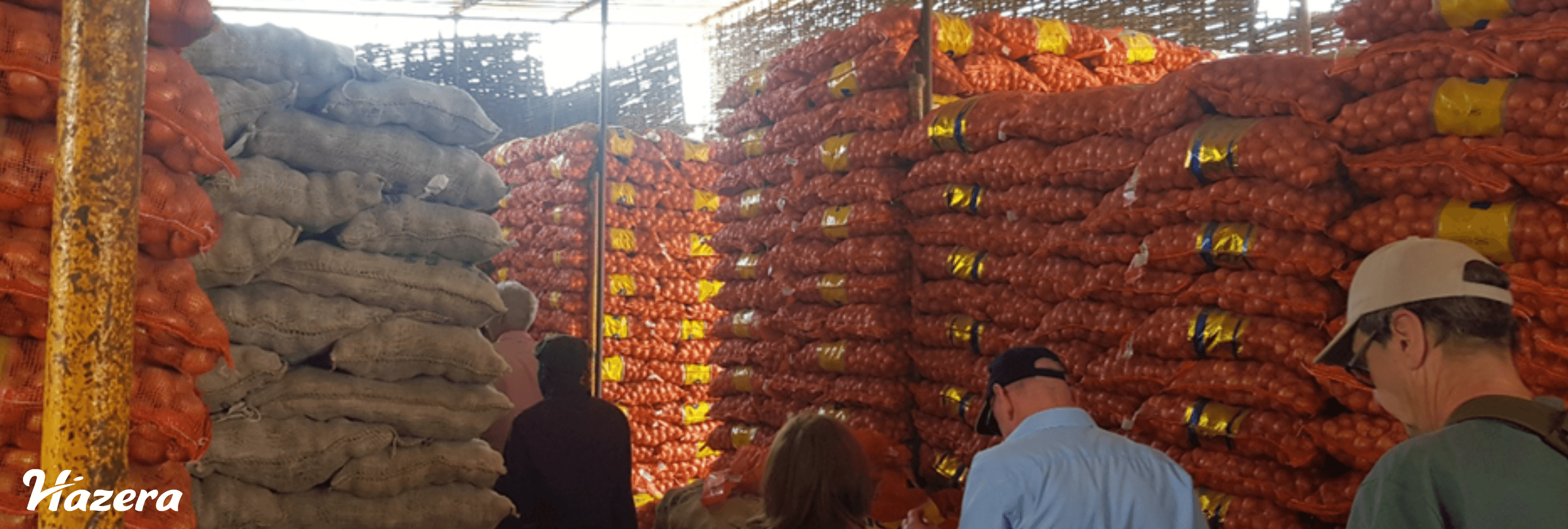

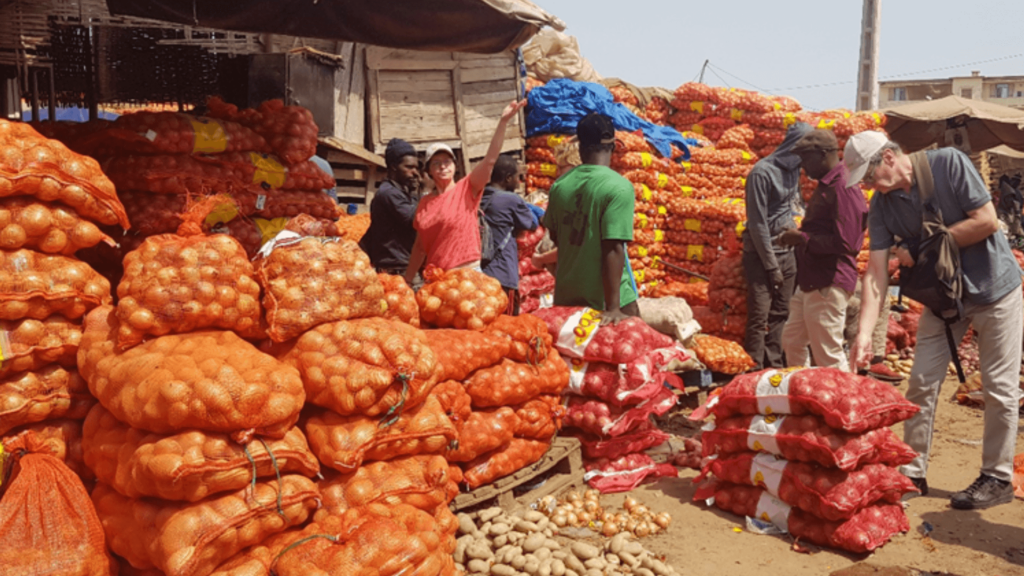
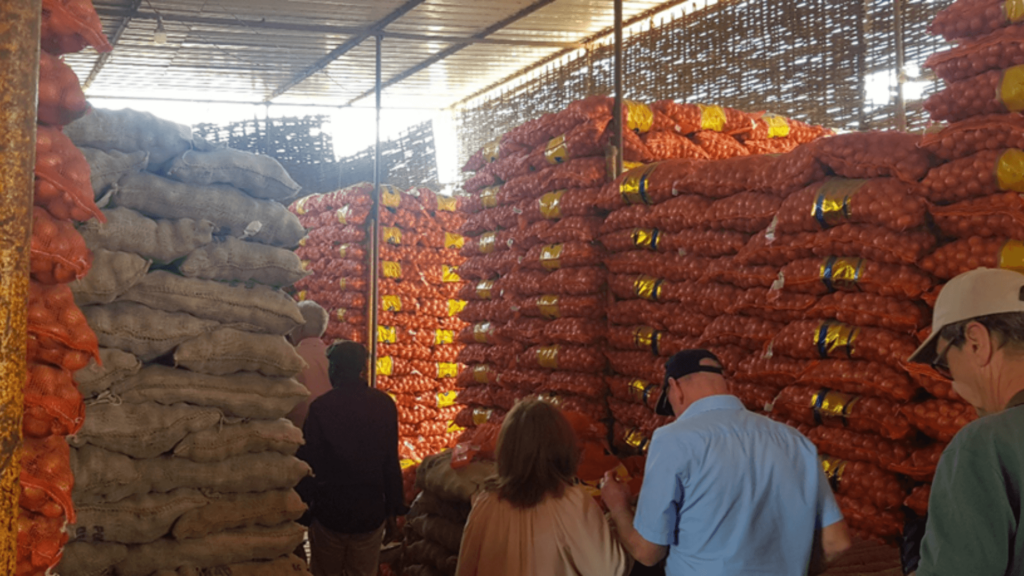
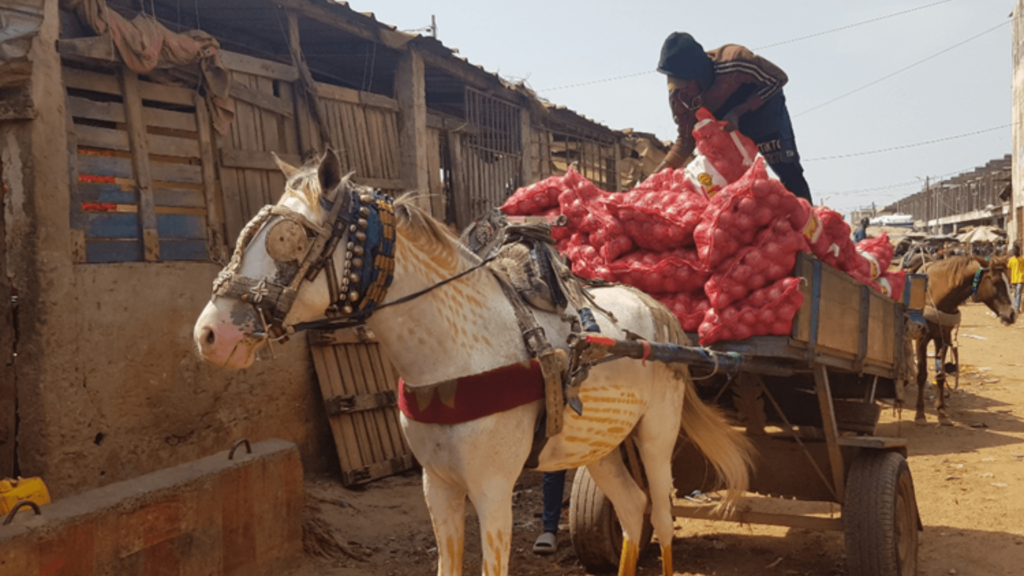
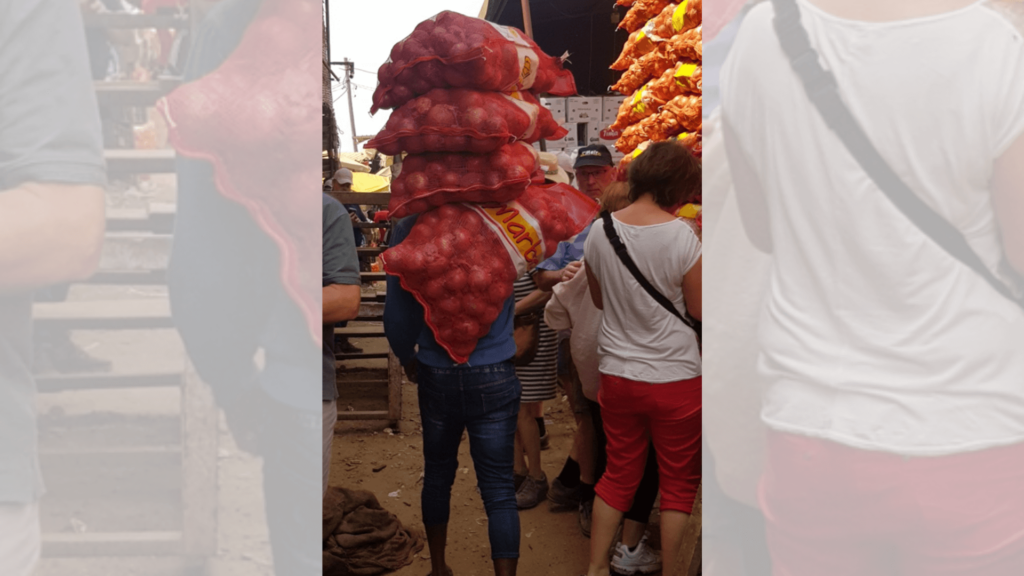
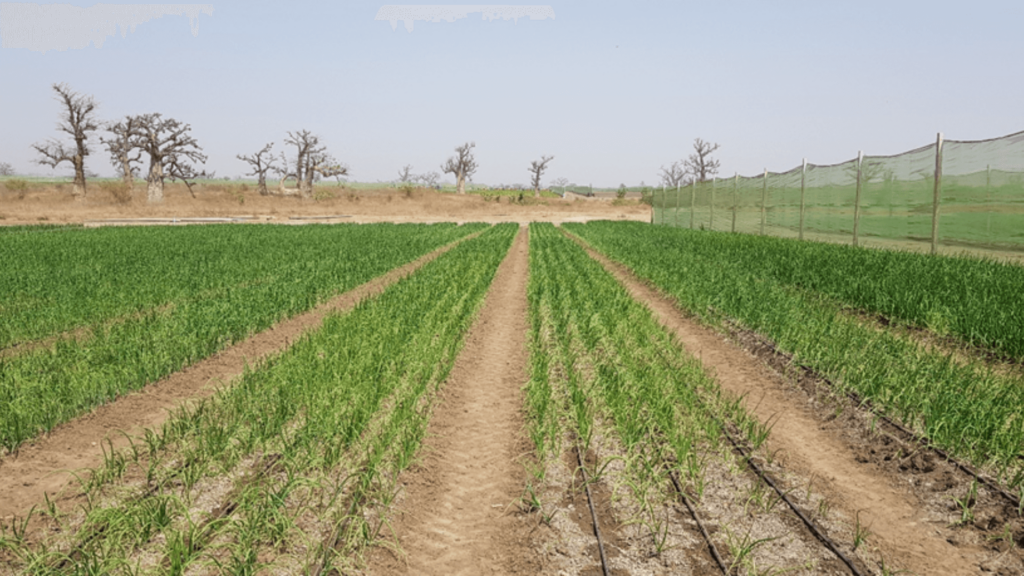
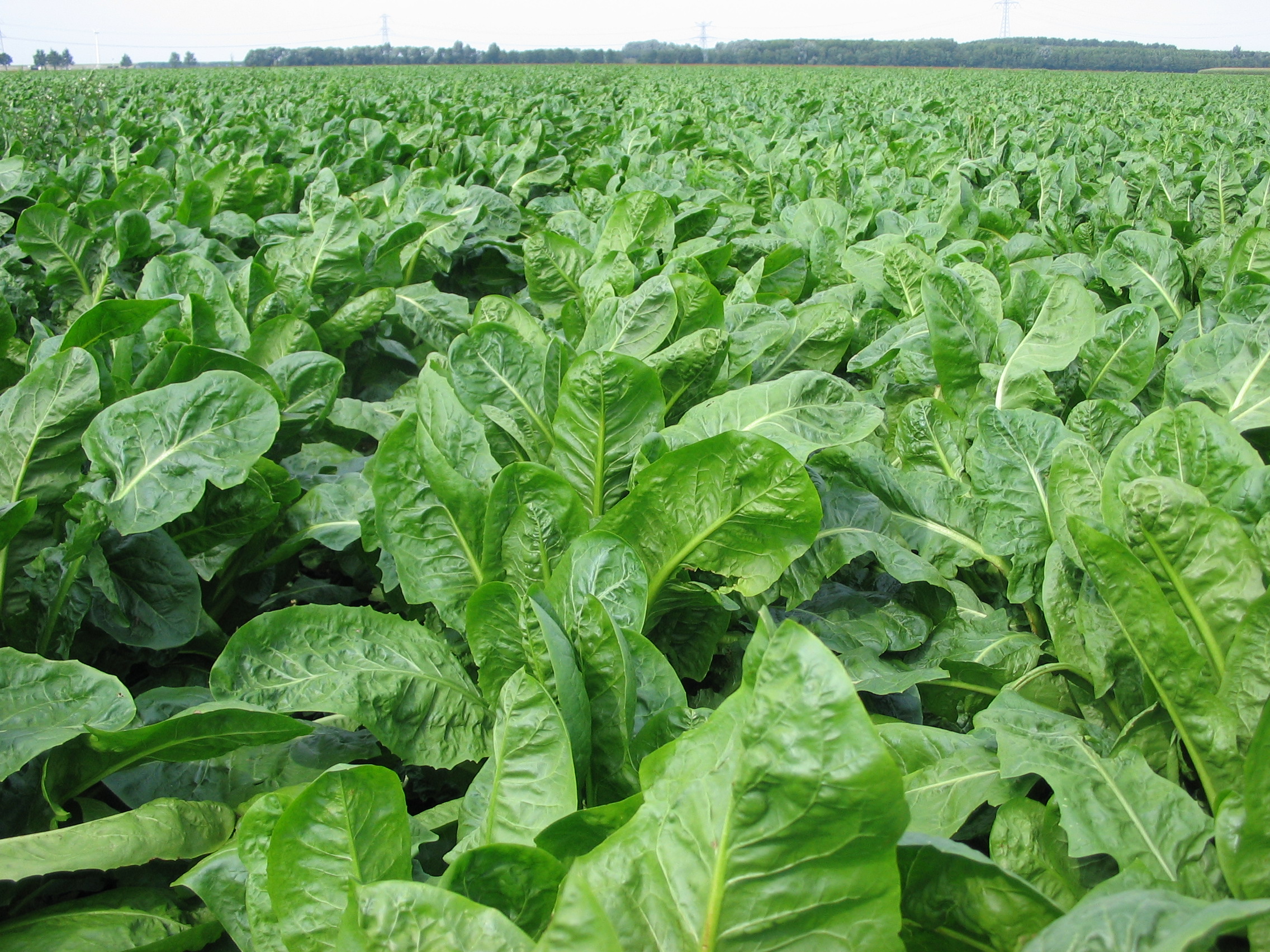
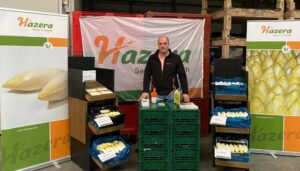
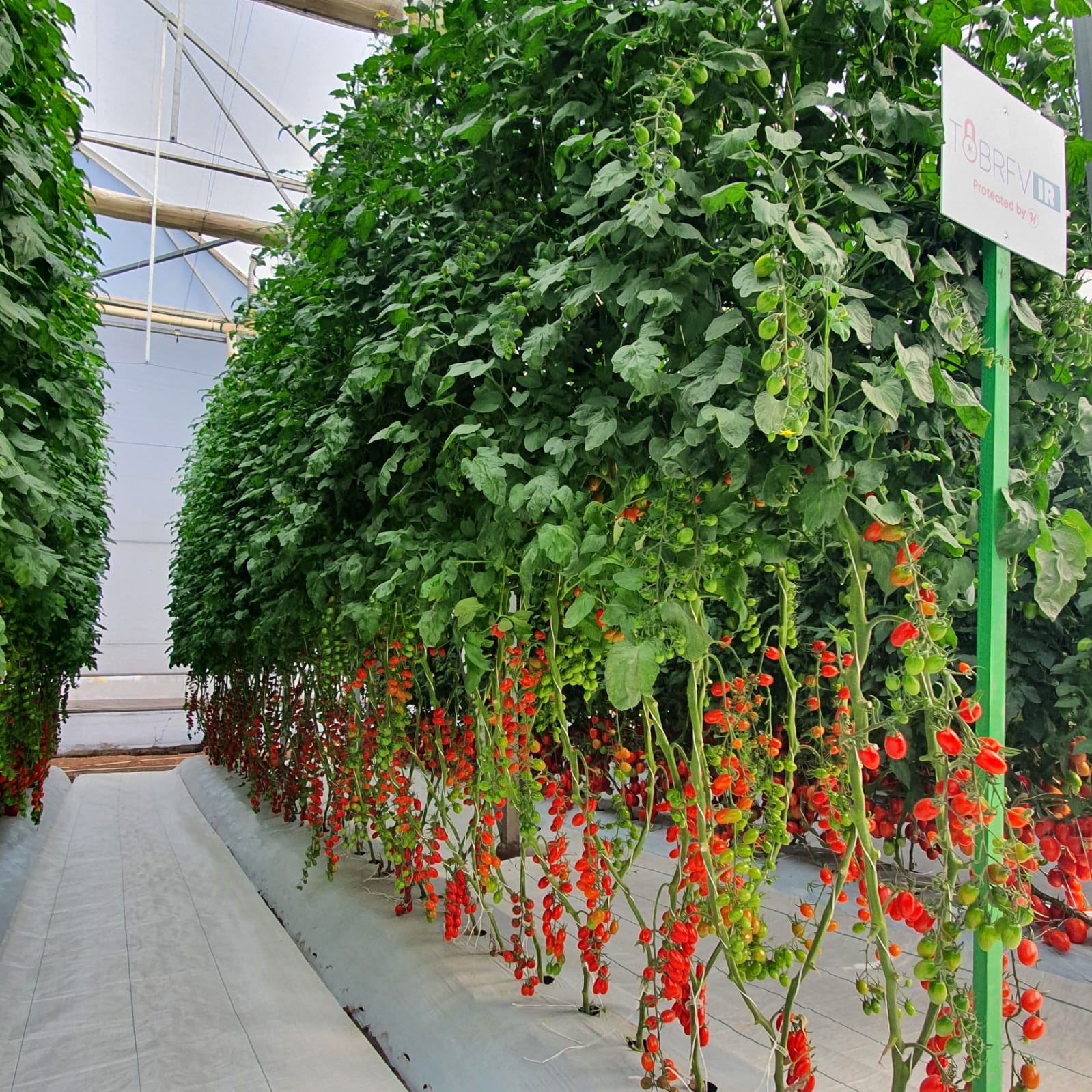
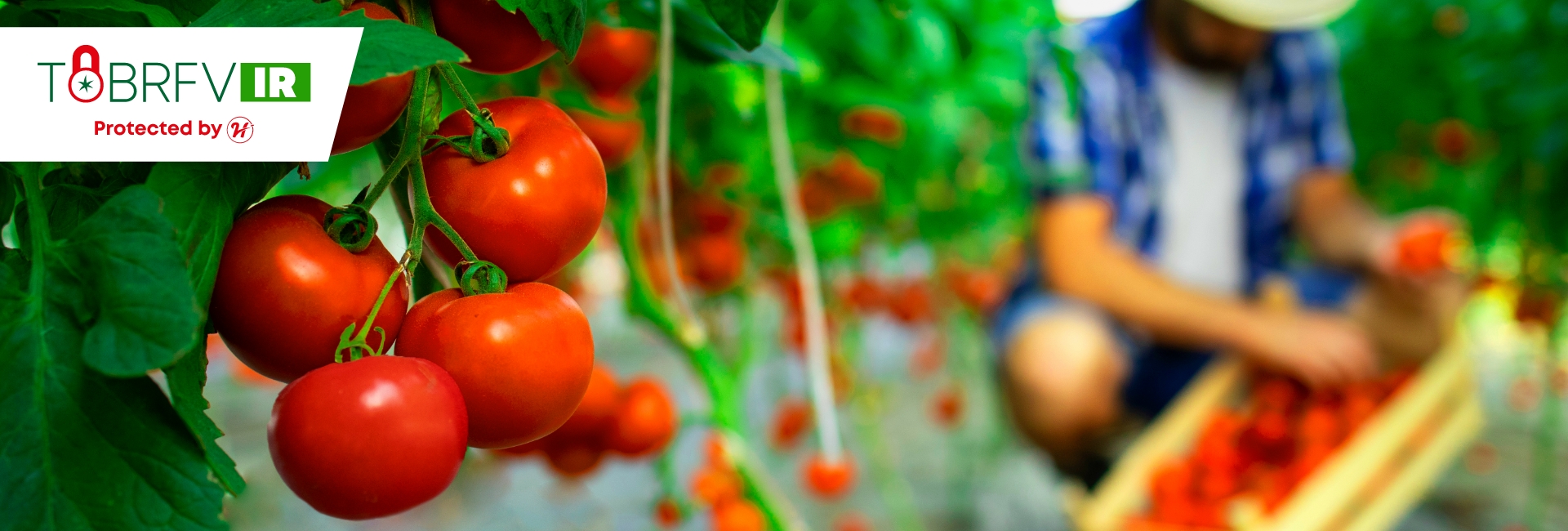
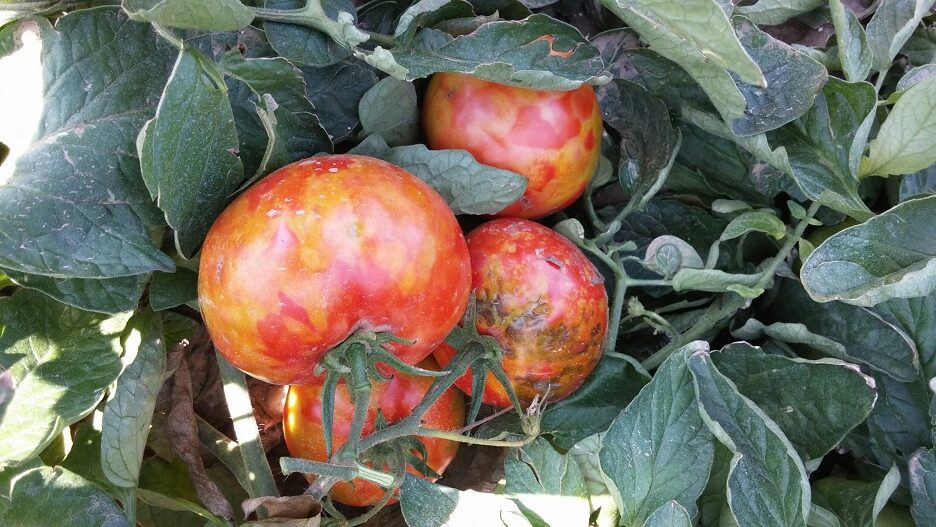
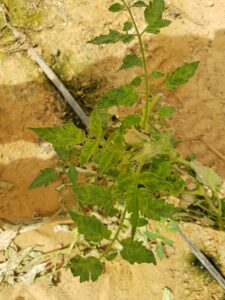
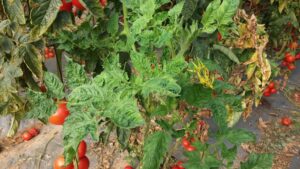
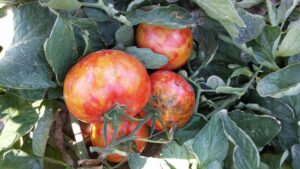
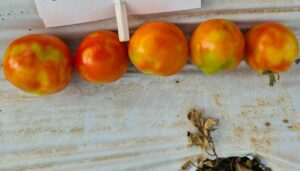
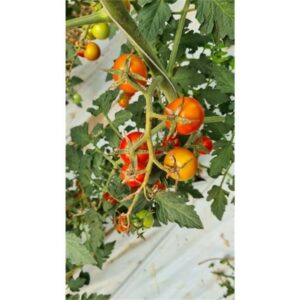
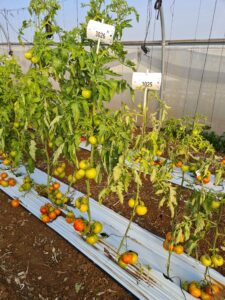
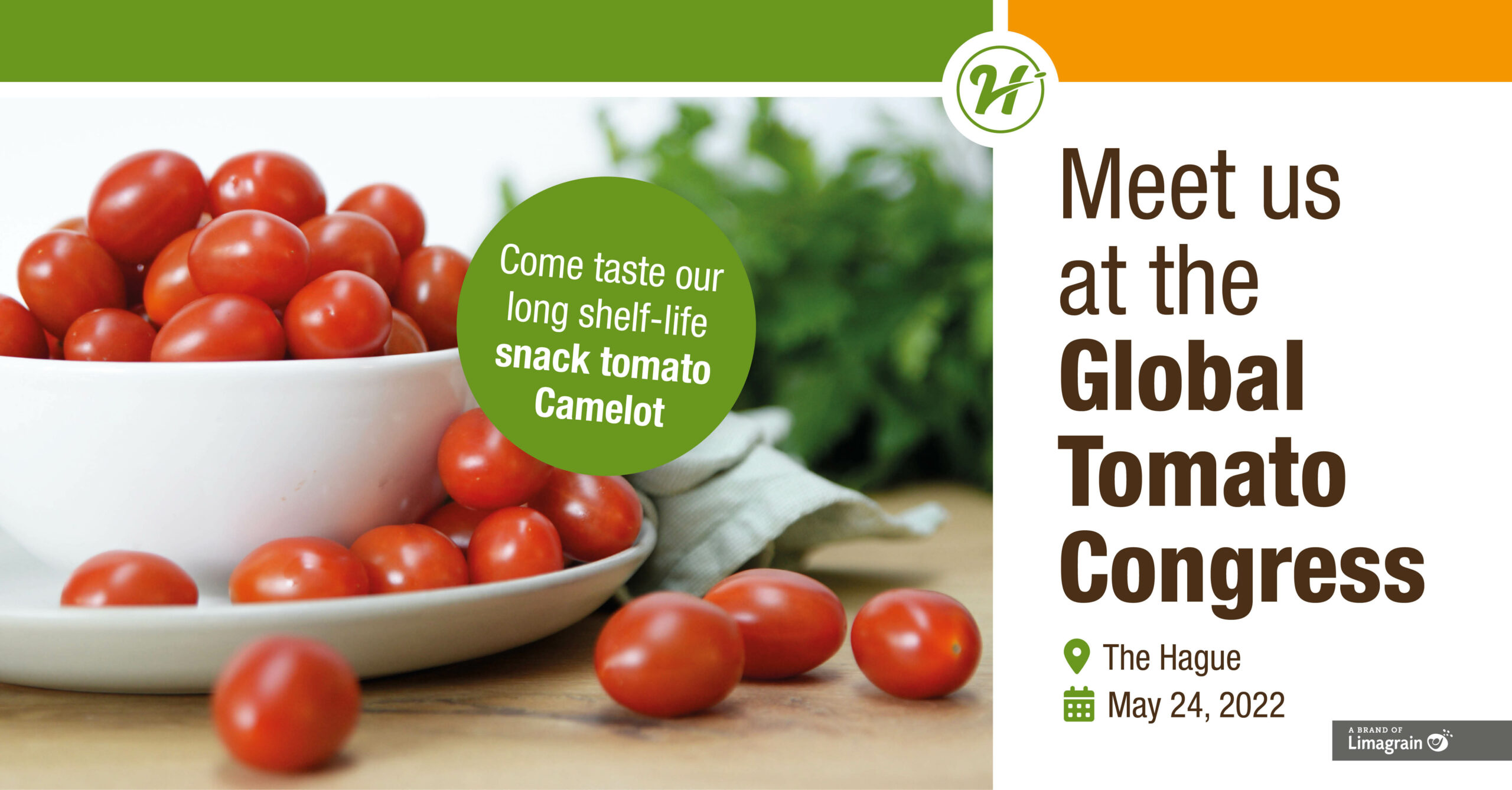
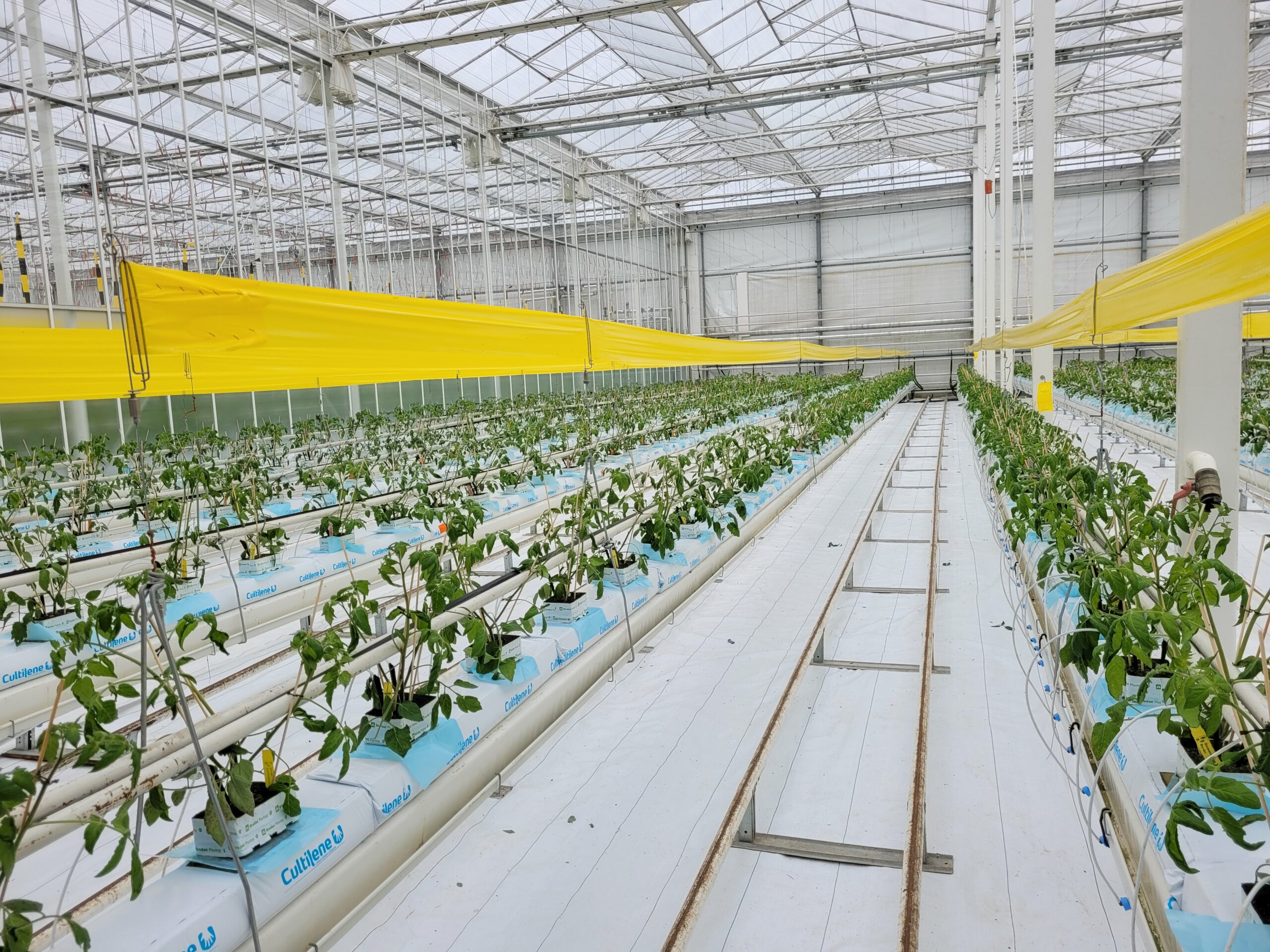
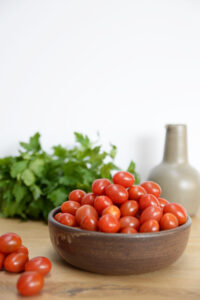 Camelot
Camelot